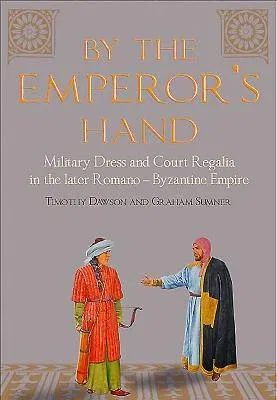Timothy Dawson
(Author)By the Emperor's Hand: Military Dress and Court Regalia in the Later Romano-Byzantine EmpireHardcover, 20 January 2016

Qty
1
Turbo
Ships in 2 - 3 days
In Stock
Free Delivery
Cash on Delivery
15 Days
Free Returns
Secure Checkout

Print Length
304 pages
Language
English
Publisher
Frontline Books
Date Published
20 Jan 2016
ISBN-10
1848325894
ISBN-13
9781848325890
Description
Product Details
Authors:
Book Format:
Hardcover
Country of Origin:
GB
Date Published:
20 January 2016
Dimensions:
28.45 x
21.84 x
2.03 cm
ISBN-10:
1848325894
ISBN-13:
9781848325890
Language:
English
Pages:
304
Publisher:
Weight:
997.9 gm